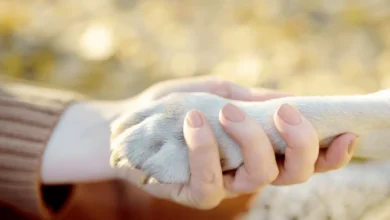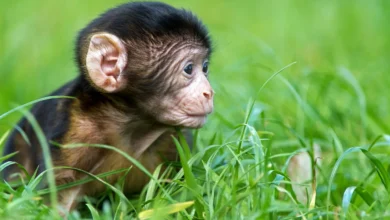Herbivores are defined as animals that primarily consume and survive on plant matter, including leaves, stems, roots, bark, grasses, nuts, seeds, fruit, algae, etc. Some herbivorous animals feed mostly on meadows and pastures, and are called grazers.
Herbivorous diets represent a specialized feeding strategy that relies on adaptations to find, handle, digest, and extract nutrients from fibrous, cellulose-rich plant materials that are largely indigestible to most other organisms.
Herbivores have evolved distinct digestive systems, physiology, behaviors, and even symbioses with microbes that enable the utilization of plants as their dominant or exclusive food source.
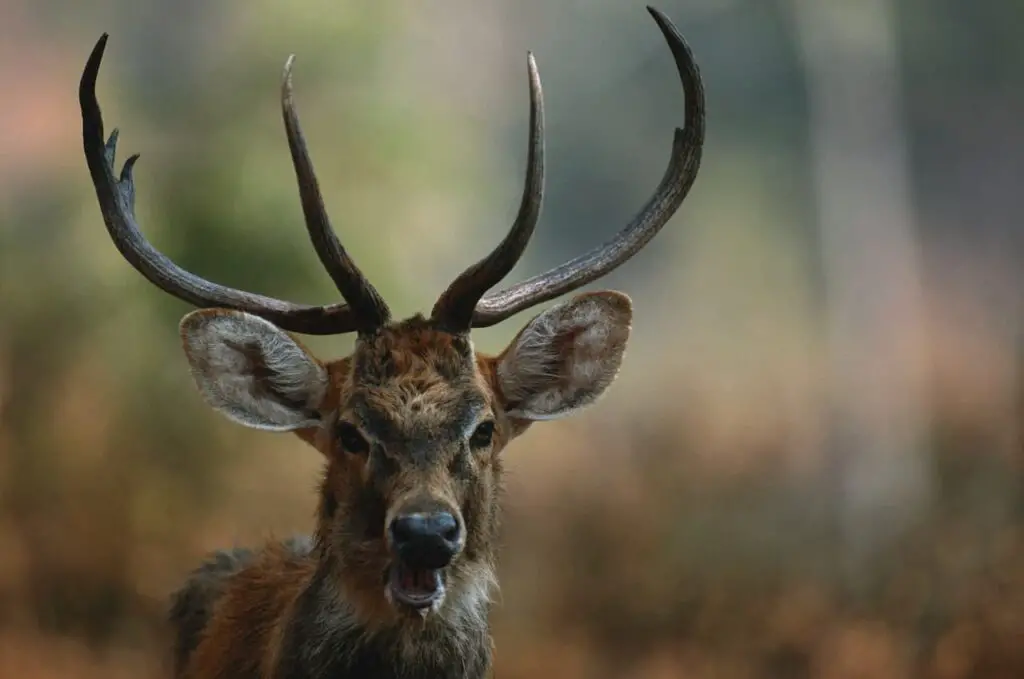
Characteristics of Herbivores
Herbivores, as a feeding guild, demonstrate a suite of defining characteristics in terms of their diet, digestive anatomy, dentition, and feeding behaviors that distinguish them from carnivorous, omnivorous, or other feeding modes.
Dietary Specialization
The key aspect of herbivore diets is major dependence on plant materials for meeting energy and nutrient requirements. Herbivores consume diets consisting predominantly or exclusively of various plant parts like leaves, stems, bark, roots, flowers, fruits, seeds, nuts, etc.
Even herbivores that opportunistically ingest some insects or eggs rely on plants for the bulk of sustenance. Plant matter makes up over 90% of food intake for true herbivores.
Some degree of selectivity is seen in herbivores, for example, grazing mammals preferentially targeting grasses over shrubs. But even selective feeders like koalas subsist mainly on a few plant species.
The common theme is a major reliance on plant foods versus animal protein. Even though individual herbivore diets may differ based on habitat and plant species available, plants uniformly represent the primary nutritional intake.
Digestive System Adaptations
Herbivores possess specialized digestive system adaptations, enabling the breakdown and assimilation of nutrients from fibrous plant materials.
The defining feature is the ability to digest cellulose, which forms the tough walls of plant cells and is indigestible to most animals lacking the enzyme cellulase.
Species like cows and buffalo have a four-chambered stomach, with the rumen chamber harboring symbiotic bacteria and protozoa that ferment plant cellulose. The microbes produce cellulase along with other enzymes that digest fiber.
Horses and elephants have an enlarged cecum for microbial fermentation of plant cell walls. Rabbits and rodents practice coprophagy to allow microbial redigestion of feces and extraction of nutrients.
Together with adaptations like an elongated gut and selective absorption of plant sugars and amino acids, the herbivore digestive system facilitates the utilization of plant diets.
Dental Specializations
Dentition in herbivores shows adaptations geared toward cutting, tearing, and grinding fibrous plant materials. Incisors at the front are broad and developed for snipping plant parts effectively.
Large pointed canines typical of carnivores are absent since their function of piercing prey is not needed for plant diets. Instead, herbivores often have wide premolars and ridged molars to grind tough plant fibers and break down cellulose.
The occlusal molar surfaces are often infolded or ridged to increase grinding capacity and shear plant cell walls mechanically.
Cows have very high, ridged molars for chewing cud, while rodents have pronounced chisel-like incisors to gnaw vegetation. Thus, herbivore teeth are modified for processing high volumes of plant food efficiently.
Feeding Behaviors
Most herbivores spend lengthy periods of their daily activity budget engaged in feeding behaviors to meet nutritional needs from plant diets. Bovids like buffalo may graze up to 8-9 hours a day.
Some herbivorous insects, like caterpillars, solely eat and move from plant to plant. Large herbivores like elephants only sleep 3-4 hours because of the demands of foraging sufficient vegetation. Small herbivores have high metabolic rates and need frequent feeding.
Feeding styles can range from selective browsing on specific plants to mixed grazing on grasses and shrubs based on seasonal availability. However, the common theme is major time allocation to locate and ingest plant foods to meet nutritional targets.
Herbivores have also evolved complex food extraction techniques like bark stripping, digging of roots/tubers using feet and trunks, and climbing to reach leaves, all facilitating plant food consumption.
Advantages of a Herbivorous Lifestyle
Dedicated herbivory as an evolutionary feeding strategy offers several major advantages that provide fitness benefits in terms of survival and reproductive success:
Abundant and Renewable Food Source
One of the foremost benefits of herbivorous diets is access to abundant and consistently renewing food sources. Plants represent a much larger standing biomass in most habitats compared to animals.
Additionally, plants and vegetation regrow regularly, ensuring a reliable food supply. Plant productivity can support much higher herbivore biomass than is possible for carnivorous or omnivorous predators, which are limited by prey populations.
Herbivores are thus not faced with food limitations and scarcity. For instance, grass productivity can support very high densities of bovids, rodents, and insects per unit area. This contributes to nutritional stability for herbivores.
Lower Energy Costs for Feeding
It is energetically cheaper for herbivores to directly consume plant matter compared to the high costs associated with hunting and capturing animal prey. Herbivores essentially “outsource” the most expensive component of food acquisition by relying on photosynthetic plants.
Grazers like buffalo simply walk and consume grass rather than expend energy chasing mobile prey. By saving energy costs of hunting, herbivores can allocate more resources to growth, reproduction, and lactation.
The cellulose in plant cell walls also provides fermentable nutrition and energy in the gut, offsetting hunting costs. This energy saving was likely a major factor favoring the evolution of dedicated her bivorous lifestyles.
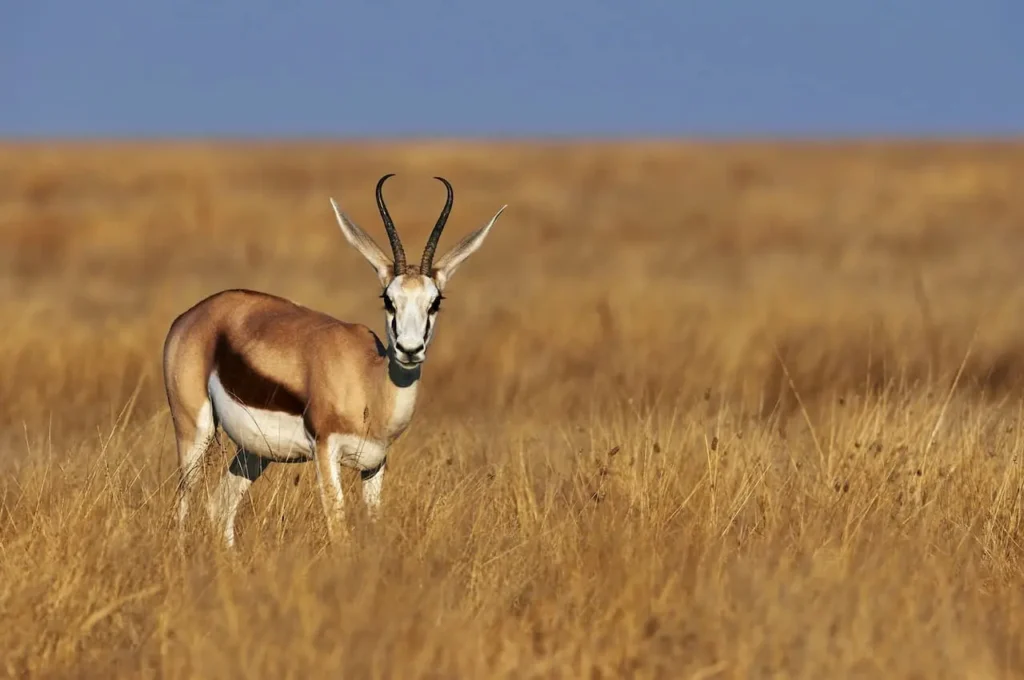
What is a Herbivore Gazelle In Field
Benefits of Dietary Specialization
Herbivores benefit by specializing in particular plant-based resources that enable them to occupy specific ecological niches. For example, koalas subsist almost entirely on eucalyptus leaves, which are toxic to other animals.
This specialization allows koalas to thrive on an abundant food source with reduced competition. Other herbivores, like giant pandas, occupy narrow bamboo-eating niches.
Specialized symbioses, dentition, and gut adaptations provide an advantage in harvesting and digesting such unique plant diets.
Coevolutionary Adaptations
The lineages of many herbivores and the plants they consume have become entwined over evolutionary timescales through coevolution.
This arms race led to herbivores developing counter-adaptations to plant defenses like toxin-neutralizing enzymes, while plants evolved physical and chemical deterrents. In turn, these adaptations provide an evolutionary advantage.
For instance, detoxification enzymes enable grazing on chemically defended plants. Symbioses with plant cellulose-digesting microbes facilitated adaptation to fibrous diets. Thus, reciprocal adaptations drove ecological specialization and fitness benefits on both sides.
Examples of Herbivorous Species
Herbivorous species are found across diverse taxonomic groups, including mammals, reptiles, insects, fish, and birds, reflecting the independent evolution of plant-eating adaptations:
Mammals
Mammals contain several herbivorous lineages (beyond omnivorous and generalist feeders). Ungulates like horses, camels, cattle, antelope, and deer rely almost solely on grazing grasses or browsing leaves.
Elephants are strict herbivores dependent on huge quantities of vegetation. Small herbivores like rabbits and rodents like rats subsist on diverse plant materials like tubers, seeds, roots, and bark. Kangaroos are also herbivorous marsupials grazing on plants.
Reptiles
Many reptiles independently evolved distinct adaptations to thrive on plant diets. Tortoises and turtles are herbivores that graze exclusively on aquatic plants and algae. Large iguanas have become specialized leaf-eating specialists in tropical forest canopies.
The marine green sea turtle survives mainly on seagrasses and algae it grazes on. Some lizards, like the chuckwalla, consume leaves, flowers, and fruit. Thus, reptilian herbivory shows adaptation to varied plant niches.
Insects
A number of insect orders, like Orthoptera and Lepidoptera, are predominantly or exclusively herbivorous. Caterpillars feed solely on leaves, grasses, or specific host plants. Grasshoppers and locusts graze voraciously on vegetation.
Leafcutter ants harvest enormous quantities of leaves to sustain their large colonies. Sap-sucking insects like aphids and cicadas live entirely off plant fluids. Many beetles and their larvae feed strictly on plant materials. Thus, insects display a vast diversity of herbivorous specializations.
Fish
Specialized herbivorous fish also evolved within coral reefs and freshwater habitats. Parrotfish and surgeonfish graze extensively on algae-coating coral reefs.
Many cichlids and carp feed predominantly on aquatic plants and phytoplankton. Tilapia filter out algae and detritus from the water column. Thus, fish herbivory provides access to abundant algal/plant nutrition.
Birds
A minority of birds, like ptarmigans, grouse, pigeons, and parrots, adopted primarily herbivorous diets compared to omnivorous avians. Ptarmigans and grouse thrive in cold regions, foraging leaves, flowers, shoots, and buds.
Various parrots evolved seed-eating and nut-cracking specializations. Thus, birds offer some examples of adaptation to plant food dominance.
Evolutionary Origins of Herbivorous Diets
Herbivorous diets are believed to have originated independently in different lineages rather than descending from a common ancestral herbivore.
Several major factors provided evolutionary impetus and selective advantages driving the transition to dedicated plant eating in many unrelated taxa:
Rise of Flowering Plants
The diversification of angiosperms introduced an enormous variety of new plant niches and food sources for animals to exploit.
Many herbivorous lineages coevolved specializations to take advantage of newly available high-productivity flowering plant foods. The radiation of flowering plants was a major facilitator of transitions to herbivorous lifestyles in various groups.
Changing Atmospheric Conditions
Historically, declining carbon dioxide levels reduced plant biomass while rising oxygen enabled more efficient extraction of energy from plant cellulose via aerobic respiration.
This made plant eating more nutritionally favorable. It also likely led to changing enzyme profiles more capable of digesting plant cell walls.
Atmospheric conditions thus set the stage for plant dominance in animal diets.
Lower Energetic Costs
As noted earlier, dedicated herbivory represents an energetically efficient strategy since plants are essentially self-producing food that does not need to be hunted and killed.
Transitioning to lower energy expenditure on feeding would have freed up resources allocatable to growth and reproduction. The energy savings were likely a major selective factor favoring recurrent herbivorous transitions.
Exploitation of Novel Niches
Emerging herbivore lineages were able to radiate into vacant ecological niches centered around the consumption of plant materials inaccessible to carnivores and omnivores.
Escape from competition would confer fitness advantages. This allowed herbivore diversification into many new plant-based feeding niches.
Symbioses
Key symbiotic associations evolved between herbivores and microbial symbionts like bacteria that provided supplemental enzymes to digest plant cellulose.
These symbioses enabled adaptation to diets composed exclusively of plant materials. They were critical enablers of the repeated evolution of herbivory.
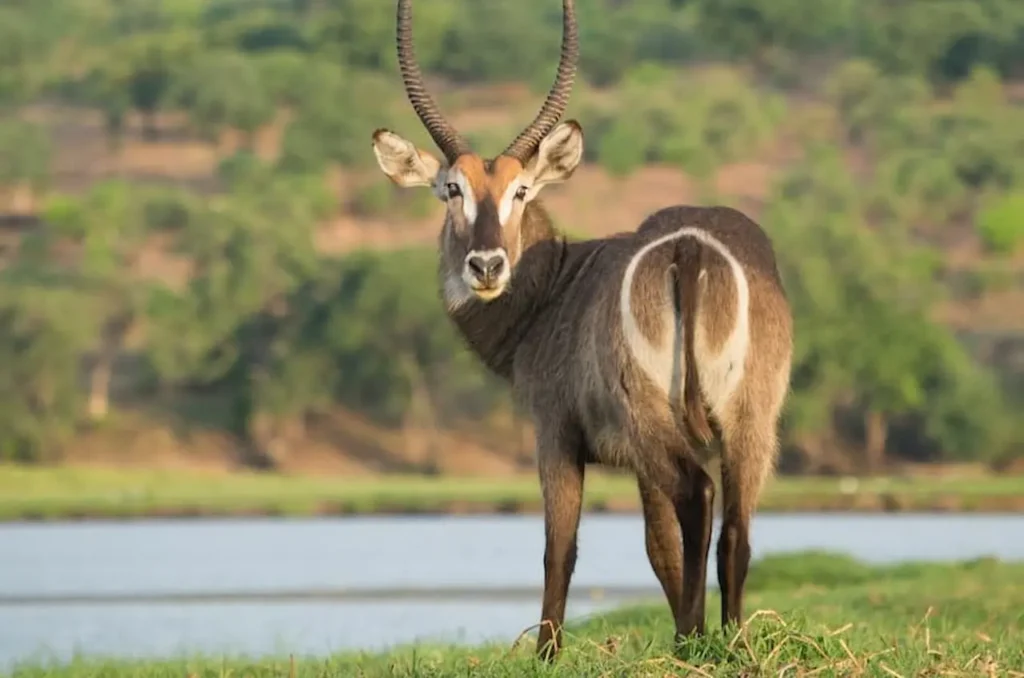
Specialized Adaptations for Herbivorous Diets
Herbivores exhibit a variety of physical and behavioral adaptations that demonstrate specialized evolution to enable plant consumption:
Dental Adaptations
Dentition in herbivores shows adaptations tailored for cutting, tearing, and grinding fibrous plant material:
- Incisors are broad, flattened, and sharp-edged to efficiently crop and bite off pieces of plant matter. The large surface area aids in gripping vegetation.
- Canines are much reduced or absent since piercing functions are not required to subdue plant prey. Resources are allocated to enhancing grinding teeth.
- Premolars and complex ridged molars have enlarged surface areas for grinding down tough plant cells to access nutrients inside. Molars may be hypsodont with extensive enamel ridges to expand grinding capacity.
- Grazers have very high-crowned teeth to cope with silica in grasses. Browsers have lower crenated molars, allowing side-to-side grinding of fibrous leaves.
- Continual open-rooted growth of teeth maintains sharp cutting edges as teeth erode from an abrasive plant diet over time.
Digestive Adaptations
- Foregut fermentation chambers (rumen, cecum) or hindgut compartments provide anaerobic environments for microbial digestion of cellulose and fiber.
- Microbial symbionts are acquired from the environment or parents to enable plant digestion. Bacteria, protozoa, and fungi provide enzymes like cellulases absent in the herbivore gut.
- Elongated intestinal tracts and multi-chambered stomachs give more time for enzymatic digestion and nutrient absorption from bulky plant material of low bioavailability.
- Liver enzymes and detoxification systems evolved to inactivate an array of plant secondary metabolites and tannins. Specialized excretory systems eliminate high plant toxins.
Physiological Adaptations
- Saliva contains buffering agents to cope with an alkaline plant diet. Rumination allows cud chewing to further break down plant material.
- Adaptations like high vitamin C production occurred to obtain vitamins rare in leafy or woody plants. Capacity evolved to synthesize nutrients like amino acids.
- Kidneys and organs adapt to handle the elimination of nitrogenous waste, oxalates, tannins, and other toxic plant compounds consumed.
Behavioral Adaptations
- Foraging strategies evolved geared towards locating and discriminating optimal plant nutrition, i.e., young shoots, buds, and tubers.
- Movement patterns like grazing herds track the seasonal growth of vegetation in migratory patterns.
- Learning imparts knowledge of best feeding locations, mineral licks, and water resources. Offspring acquire plant preferences from mothers.
- Complex food extraction behaviors like prying, peeling, digging, and gnawing evolved using trunks, paws, or teeth to access buried plant nutrition.
Counter-adaptations Against Plant Defenses
Plants employ a diverse array of defensive strategies, including chemical toxins, physical barriers, and growth patterns, to deter or reduce herbivory. In turn, herbivores evolved a number of counter-adaptations:
Chemical Defenses
Plants produce a vast range of distasteful, toxic secondary metabolites such as tannins, alkaloids, terpenes, and cyanogenic glycosides that demonstrably reduce herbivory. In response, herbivores evolved augmented detoxification systems:
- Enhanced liver enzymes like cytochrome P450s provide biochemical pathways to neutralize and metabolize diverse toxins. Specialized kidney function eliminates plant toxins.
- Enzyme systems evolved to bind or inhibit specific defensive compounds. Salivary proteins inactivate tannins. Microbes degrade toxic metabolites.
- Avoidance behaviors prevent toxicity by evading chemically defended plants through smell, taste, or learning. Switching between food plants varies ingestion of specific toxins.
Physical Defenses
Plants employ structural physical defenses against herbivores, including thorns, spines, prickles, cuticle thickness, and silica that reduce palatability. Counter-herbivore adaptations include:
- Dental specializations such as enlarged molars and incisors to grind tough plant structures and shear silica-rich cell walls
- Jaw biomechanics generate high bite force to pulverize tough plant leaves, stalks, grasses
- Salivary enzymes soften cuticles. Microbial fermentation digests rigid cellulose polymers, impeding digestion
- Trunk and appendage morphology facilitates grabbing, tearing or peeling plants to access digestible tissues
Growth Patterns
- Unpalatable leaves are produced by plants or key nutrients concentrated in protected woody stems or underground organs like tubers.
- Herbivores spend more time foraging widely to find more digestible plant growth like shoots, young leaves, and buds. Energy is spent on expanding the foraging range.
Indirect Defenses
- Some plants form mutualistic symbioses with aggressive ants that attack and deter herbivores.
- Herbivores demonstrate avoidance of plants colonized by stinging ants. Spatial separation reduces ant harassment during foraging.
- In some cases, ants may be consumed by herbivores to obtain nutrition as a counter-adaptation.
Conclusion
Herbivory represents a specialized feeding mode found across diverse taxa, from mammals to insects, fish, birds, and reptiles, characterized by predominant or exclusive consumption of plant materials.
Herbivores possess specialized adaptations like fermentative guts, plant-grinding dentition, detoxification systems, foraging behaviors, and symbioses that allow the utilization of fibrous and cellulose-rich plants as their primary nutritional resource.
Evolutionary forces like changing atmospheric conditions, the rise of flowering plants, lowered feeding energy costs, and reduced inter-species competition provided advantages driving the convergent evolution of herbivory in multiple animal lineages.


